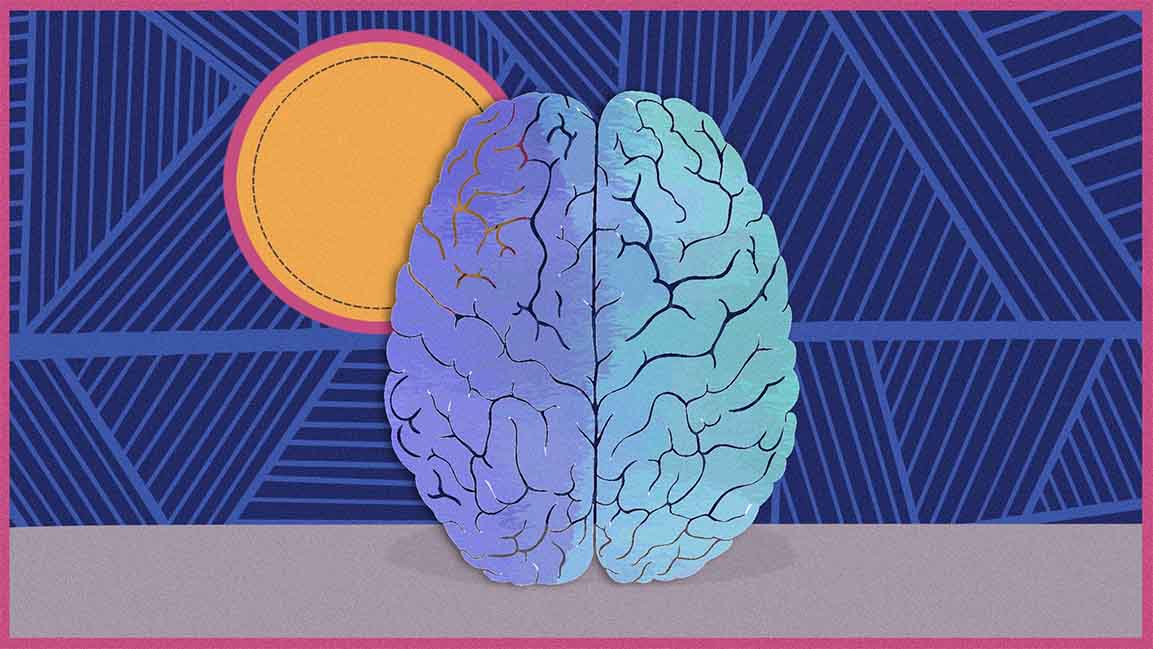- | 9:00 am
Design thinking is great. But what are the roadblocks in its implementation?
Experts shed light on challenges such as lack of leadership support, resistance to change, and insufficient integration into existing processes.

MRI scans can be intimidating for children. Doug Dietz, an industrial designer at GE Healthcare, realized it when he saw a young girl crying before entering a scanner he had designed. Recounting this moment in a TED talk, Dietz empathized with the girl’s fears, which motivated him to create an engaging environment. For instance, one design he created featured a dock setting with a shipwreck and sand castles, where children walked the plank to be scanned. He successfully transformed a daunting experience into an enjoyable one for children by applying design thinking principles.
This anecdote illustrates the powerful impact of design thinking, which solves problems empathically.
Design thinking is often misinterpreted as the thought processes of designers. In essence, design thinking is a human-centered approach to problem-solving that draws upon principles and methods used by designers to tackle complex challenges across various fields and industries. It prioritizes empathy for users, iterative experimentation, collaboration, and a bias toward action to develop innovative solutions. Thus, while designers may employ design thinking in their work, its application extends beyond design and is relevant to anyone seeking creative problem-solving techniques.
“Unlike most problem solvers, designers are educated to analyze people and their frustrations. We observe people, not products. Therefore, what is critical to the process is understanding what creates frustrations and how to release that pain with the right tools,” says Herve Collignon, entrepreneur, design thinking and strategic design expert, and author of Strategic Design For A Responsible Future.
Emerging as a valuable outlook, design thinking is relevant to organizations seeking to innovate, solve complex problems, and enhance customer experiences.
“Every business, small and big, wants to do more with less, bring new products, new services, and new experiences to market, and create value for their customers, the business and society. That is why innovation ranks high in their inspiration. Yet, very often, how we innovate is random. Design thinking provides business with a process, methods and tools for innovation,” says Dr. Juliana Goga-Cooke, CEO of the Academy of Design Thinking.
It also enables organizations to adapt to evolving market trends and customer preferences, staying ahead of the competition.
“Design thinking empowers us to develop meaningful solutions that resonate with audiences and deliver positive outcomes for all living things,” says Dr Amir Zeid, Dean of Dubai Institute of Design and Innovation (DIDI).
THE BLUEPRINT
Design thinking demands agile, multidisciplinary professionals who can break down silos and see problems from different angles. According to Dr. Zeid, it requires flexible, proactive and entrepreneurial mindsets – from inception to completion.
“It helps companies create competitive advantage by understanding at a deep level the needs, desires, and pains of the customers and putting that understanding at the foundation of their design of products, services, and experiences. Identifying unmet needs is key to disruption,” says Goga-Cooke.
Despite the numerous benefits of design thinking, many companies struggle to implement its tools and principles effectively.
“When brands put profits over people, they fall short in their approach to design thinking. Many organizations understand the importance of putting the customer at the center of their design process, but they sometimes struggle to empathize with their needs, preferences, and pain points,” Khadija Al Bastaki, Senior Vice President of Dubai Design District (d3) – part of TECOM Group.
ROADBLOCKS: PAPER TO PRACTICE
“Businesses often fall short in design thinking by not investing in the right kind of talent to bring their ideas and solutions to life,” says Dr. Zeid.
It remains within the confines of a workshop or a designation, an ideology at best for those not given the environment. Why do companies fail to reap its benefits?
“It is easy to apply design thinking to one or two projects. Scaling it across the organization demands perseverance, commitment from leadership, and the right resource allocation,” says Goga-Cooke.
Also, companies may struggle to grasp the true essence of design thinking beyond its superficial aspects.
“People at the helm of companies mostly have analytical and rational mindsets, whereas design thinking involves more intuitive thinking touched by emotion. Essentially, in design thinking, emotions drive us to lead with empathy. It is about feeling what humans feel,” says Collignon.
The main roadblocks, he adds, in wide-scale implementation of design thinking within enterprises boils down to a question of education and culture.
Collignon reiterates a famous quote to emphasize the stark approach design thinking brings to the fore, perhaps its biggest advantage. “Design thinking helps you move from making people want things to making things people want.”
According to Bastaki, that lack of empathy can result in solutions or offerings that miss the mark or fail to resonate with users. “Brands must invest in skilled talent who can keep up with the latest trends and technologies to remain competitive,” she adds.
More than a process and a set of methods, design thinking is a mindset, a new way of thinking. “Often, it meets with resistance. People are used to working in certain ways, and changing that is not easy,” says Goga Cooke.
For Collignon, the starting point for transformation starts with us – the common people – to improve our experience.
“Without solid support and investment, design thinking initiatives can fizzle out before they can make a real difference,” adds Dr. Zeid.
Delve deeper into the design-thinking process and global design trends, encompassing urban planning, biophilic design, immersive technologies, and more, at the Innovation By Design Summit, partnered with Msheireb Properties, in Doha on April 24. Attendance at the Innovation by Design Summit is by invitation only. Delegates can register here to receive their exclusive invite.








































